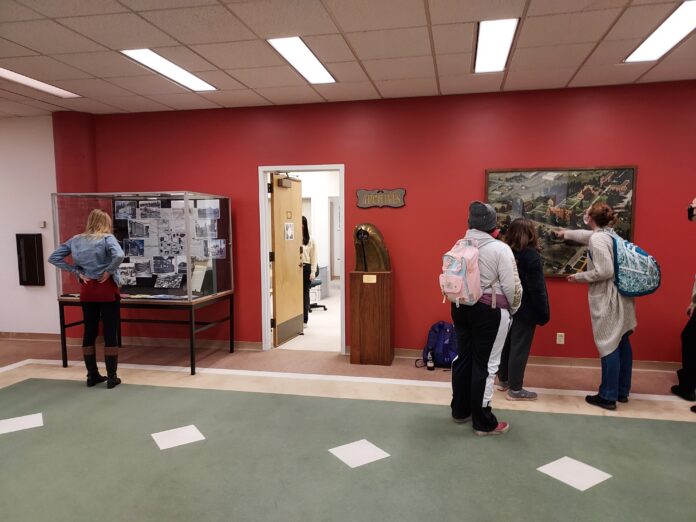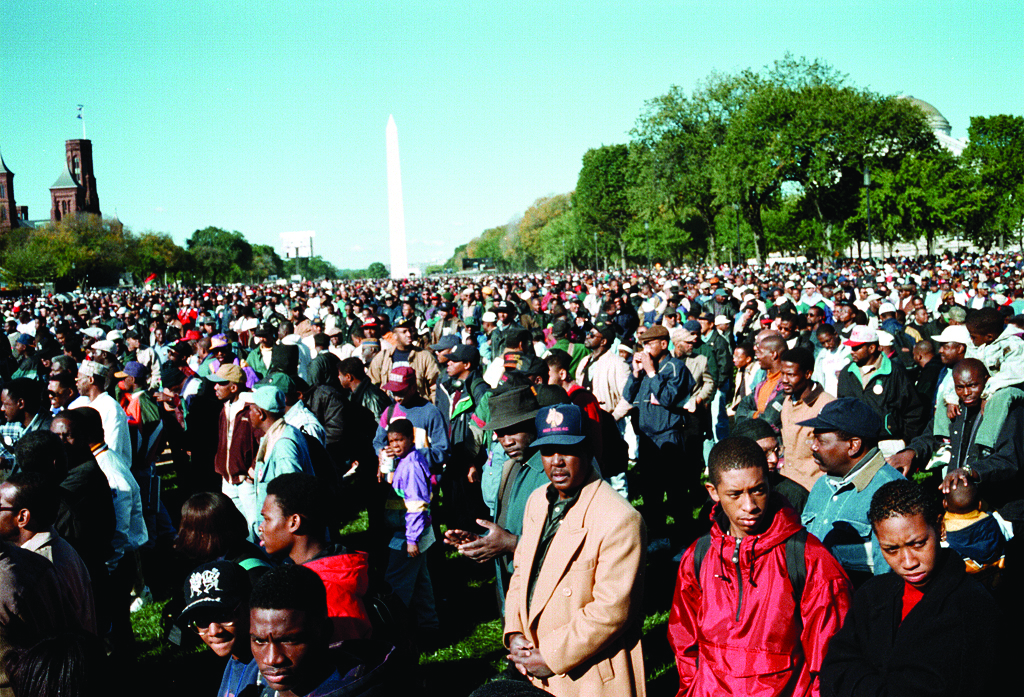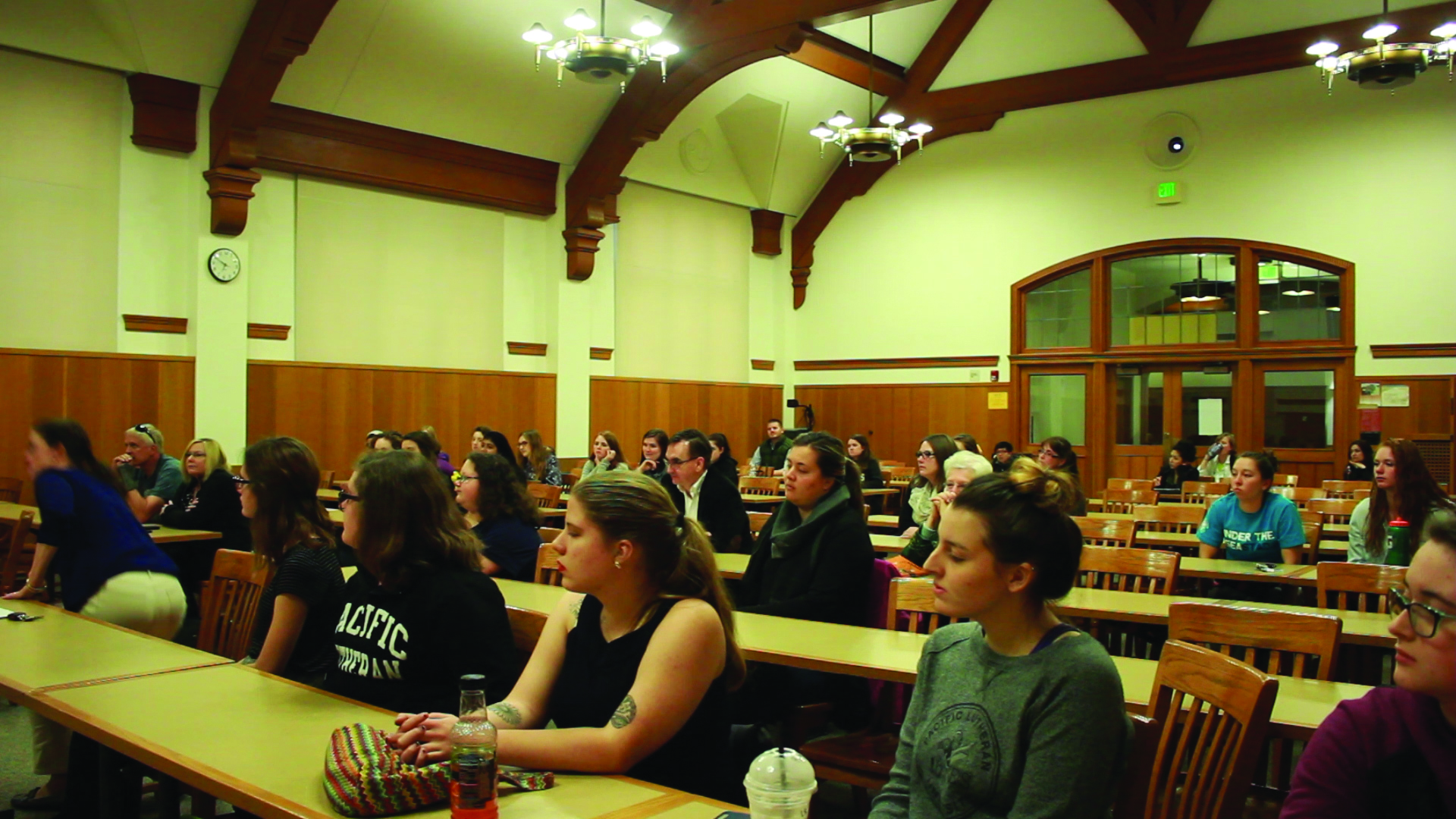Madison Tupper
Guest Reporter
On Oct. 27, Pacific Lutheran University received a Reich Labor Service Nazi (RAD) flag from Reverend Roger C. Claxton during the 14th annual Powell-Heller Conference for Holocaust Education.
Claxton donated the flag with the intention to open conversations about the different facets of the Nazi regime, to keep it in safe hands and to provide a physical reminder that the Holocaust happened. However, there have been mixed reactions to the donation and presentation of the Nazi flag.
The flag was donated following an emotional play presentation by the Tales of the Alchemysts Theatre group. This play detailed the pain and suffering of women at the hands of the Nazis. Emotions were running high following the performance and the flag’s donation wasn’t on the official schedule. There was a mix of emotions going around the room when Claxton told the story of how it was passed down to him.
Professor Griech-Polelle was the organizer and receiver of the flag for the school’s archives. She felt the flag itself represented poison but it would be safer in the hands of PLU students and faculty than it would be in nefarious hands.
“I know that people were upset about it—that they just watched this very emotional theater group, a performance about families, being torn apart and lives being destroyed. And again, if I had to do it over again, I guess I probably would have done it differently,” Griech-Polelle said.
The current German army, Feldgrau, released their own research on the RAD, in German the Reichsarbeitsdienst.
The RAD was a state organization in Nazi Germany that would conscript citizens for six months at a time. The RAD worked to militarize unemployed Germans, indoctrinate them with the Nazi ideology, and assist the German economy in avoiding the repercussions of its colossal unemployment rates.
422,000 men served in the RAD in 1935 alone. They would farm land, work in construction, create ammunition and even guard vital locations and prisoners. When the German defenses dwindled, RAD men went to fight in the war despite a lack of combat experience. This led to the RAD flag being taken into the war.
PLU archivist Lauren Loftis felt that receiving any Nazi material on a “personal level was abhorrent for so many reasons, but history is for continuously doing inquiry and scholarship into things that are deeply important to our history and understanding.” She feels that the archive and the flag are important because “it allows us more chances, I hope on a human level to kind of remember the atrocity of what had occurred and again continue to study and do scholarship within that field.”
In Nazi Germany, 75% of the population was Protestant. The donation could lead to a closer examination of historical Lutheran support for the Nazi Regime. It could also lead to more research into the RAD and different state-run organizations focused on fixing the German economy.
According to the Anti-Defamation League, “Antisemitic incidents tracked in the 2021 Audit of Antisemitic Incidents reached an all-time high of 2,717 in the United States last year… the highest number on record since ADL began tracking antisemitic incidents in 1979.”
The resurgence of antisemitism calls desperately for conversations about antisemitism and its history. Perhaps PLU having a Nazi flag and memorabilia will spark these conversations in the future. The flag can be viewed in PLU’s archives on the third floor of Mortvedt Library.


















